Author: Marshall Schott
Brewer: Paul Amico
When it comes to bittering, hops that pack an alpha acid wallop with a restrained cohumulone level tend to be preferable, as they allow the brewer to achieve a smooth bitterness with less hop material. This is precisely the promise of Tahoma, a hop variety released by the USDA and Washington State University in 2013. As a sister of Glacier, Tahoma is said to share some of its citrus characteristics, swaying toward the more lemony, along with spicy and woody notes.

Alpha: 7.2 – 8.2%
Beta: 8.5 – 9.5%
Cohumulone: 15 – 17% of alpha acids
Total Oil: 1 – 2 mL/100g
Myrcene: 67 – 72%
Humulene: 9 – 11%
Caryophyllene: 2.9 – 3.5%
Farnesene: 1%
Linalool: 0.83%
ß-Pinene: 0.55%
Parentage: Sister of Glacier
The first time I heard of Tahoma hops was during my latest visit to Yakima during hop harvest last September. While talking hops with Yakima Valley Hops’ Kaleb Schwecke, he asked if we’d run Tahoma through The Hop Chronicles yet, as he’d been playing with and rather enjoying it in his own brewing. Enticed by Kaleb’s positive review, I snagged a bag with plans to learn more about this relatively novel variety.
| MAKING THE BEER |
I provided my friend Paul Amico with the ingredients for the same simple recipe we use for most of The Hop Chronicles batches.
Tahoma Pale Ale
Recipe Details
| Batch Size | Boil Time | IBU | SRM | Est. OG | Est. FG | ABV |
|---|---|---|---|---|---|---|
| 6 gal | 60 min | 36.1 IBUs | 5.7 SRM | 1.054 | 1.014 | 5.3 % |
| Actuals | 1.054 | 1.013 | 5.4 % | |||
Fermentables
| Name | Amount | % |
|---|---|---|
| Lamonta American-style Pale Malt (Mecca Grade) | 10 lbs | 83.33 |
| Vanora Vienna-style Malt (Mecca Grade) | 2 lbs | 16.67 |
Hops
| Name | Amount | Time | Use | Form | Alpha % |
|---|---|---|---|---|---|
| Tahoma | 15 g | 60 min | First Wort | Pellet | 6.8 |
| Tahoma | 20 g | 30 min | Boil | Pellet | 6.8 |
| Tahoma | 20 g | 15 min | Boil | Pellet | 6.8 |
| Tahoma | 60 g | 2 min | Boil | Pellet | 6.8 |
| Tahoma | 60 g | 3 days | Dry Hop | Pellet | 6.8 |
Yeast
| Name | Lab | Attenuation | Temperature |
|---|---|---|---|
| Harvest (L17) | Imperial Yeast | 72% | 50°F - 60°F |
Notes
| Water Profile: Ca 92 | Mg 1 | Na 10 | SO4 153 | Cl 50 |
Download
| Download this recipe's BeerXML file |
Paul started off by filtering the full volume of brewing liquor and adjusting it to the desired profile before hitting the flame underneath.
With the water heating up, Paul milled the grain I’d given him the day before right into a fabric filter.
Once strike temperature was reaching, the grains were added to the water and stirred to incorporate. Paul left the 152°F/67°C mash alone for an hour, stirring intermittently to ensure good efficiency.

While the mash rested, Paul weighed out the kettle hops.
When the mash was complete, the grain bag was hoisted out of the kettle and allowed to drip until the expected pre-boil volume was reached.
The wort was then boiled for 60 minutes with hops added at the times stated in the recipe.
At the end of the boil, the wort was quickly chilled before Paul took a refractometer reading showing it was right at the expected 1.054 OG.
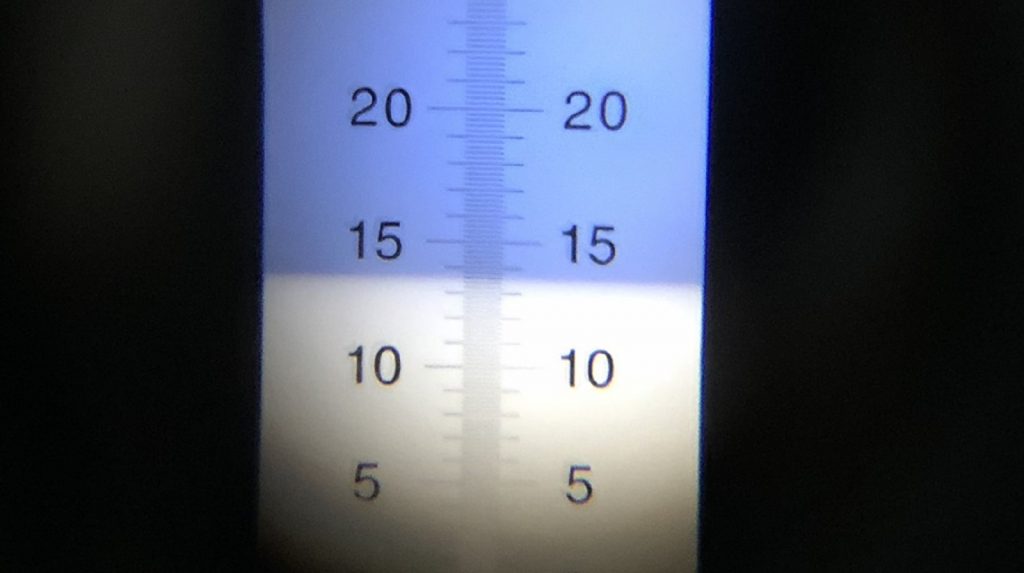
After filling a sanitized Brew Bucket, Paul took 500 mL of remnant wort and made a vitality starter with Imperial Yeast L17 Harvest.
After 4 hours on a stir plate, the yeast starter was pitched into the wort, which had been resting in a chamber controlled to 66°F/19°C. Activity was observed the following morning and proceeded as expected. Paul added the dry hop charge toward the end of fermentation and left the beer alone for another 3 days. With signs of activity absent, Paul took a hydrometer measurement that confirmed FG had been reached.

The beer was then transferred to a sanitized and CO2 purged keg.

The keg was placed in Paul’s kegerator and burst carbonated overnight before the gas was reduced to serving pressure. After 3 days of cold conditioning, approximately 2.5 gallons of finished beer was pressure transferred to a smaller CO2 purged keg that I took home with me. Following 2 more days of conditioning in my keezer, the beer was ready for evaluation.
| METHOD |
Participants were instructed to focus only on the aromatic qualities of the beer before evaluating the flavor. For each aroma and flavor descriptor, tasters were asked to write-in the perceived strength of that particular characteristic on a 0-9 scale where a rating of 0 meant they did not perceive the character at all and a 9 rating meant the character was extremely strong. Once the data was collected, the average rating of each aroma and flavor descriptor was compiled and analyzed.
| RESULTS |
A total of 16 people participated in the evaluation of this beer, all blind to the hop variety used until after they completed the survey. The average aroma and flavor ratings for each descriptor were plotted on a radar graph.
Average Ratings of Aroma and Flavor Perceptions
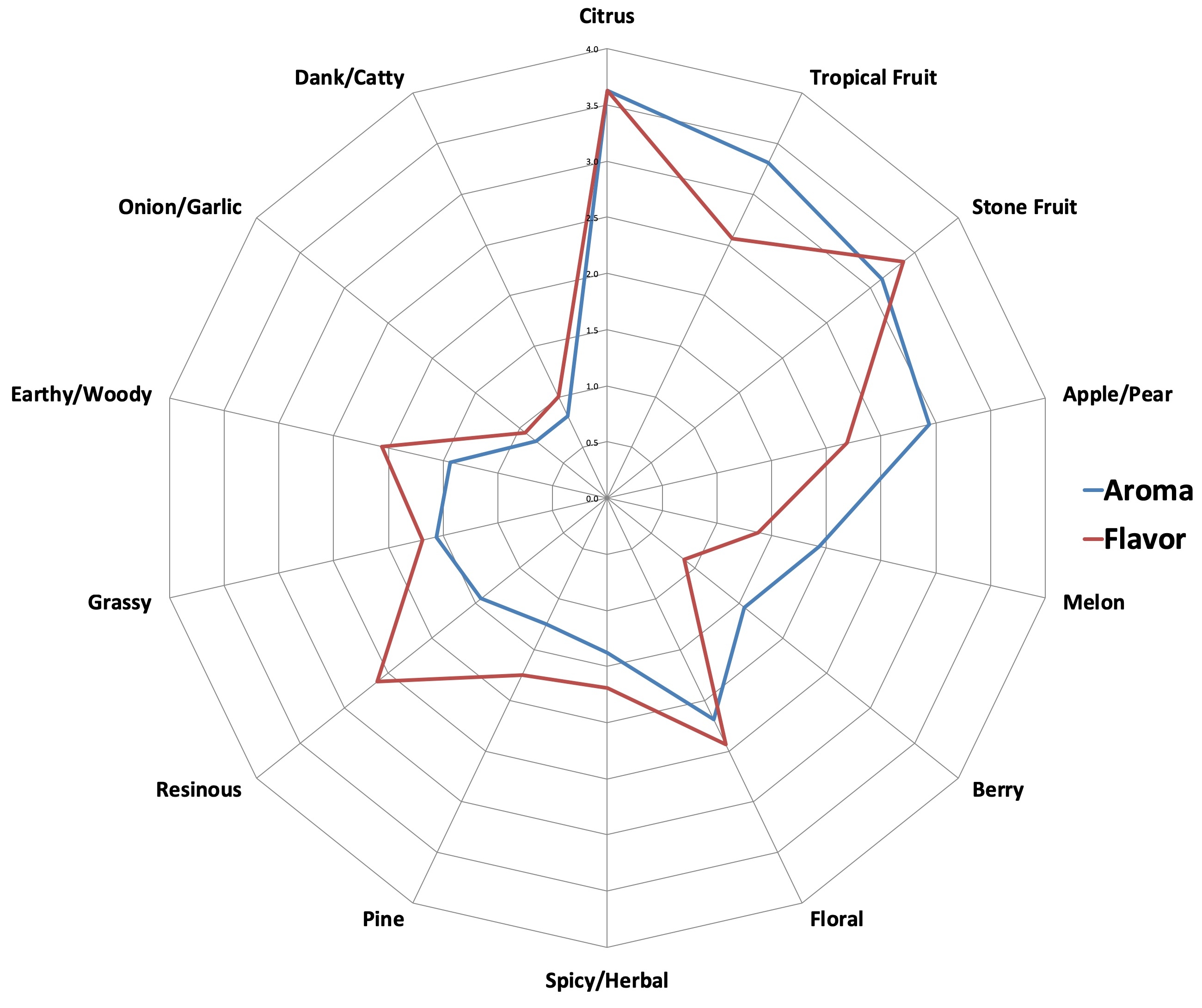
The 3 characteristics endorsed as being most prominent by participants:
| Aroma | Flavor |
| Citrus | Citrus |
| Tropical Fruit | Stone Fruit |
| Stone Fruit | Tropical Fruit + Resinous (tie) |
The 3 characteristics endorsed as being least prominent by participants:
| Aroma | Flavor |
| Onion/Garlic | Onion/Garlic |
| Dank/Catty | Berry |
| Pine | Dank/Catty |
When asked to rate the pungency/strength of the hop, most tasters perceived it as being mildly to moderately pungent.
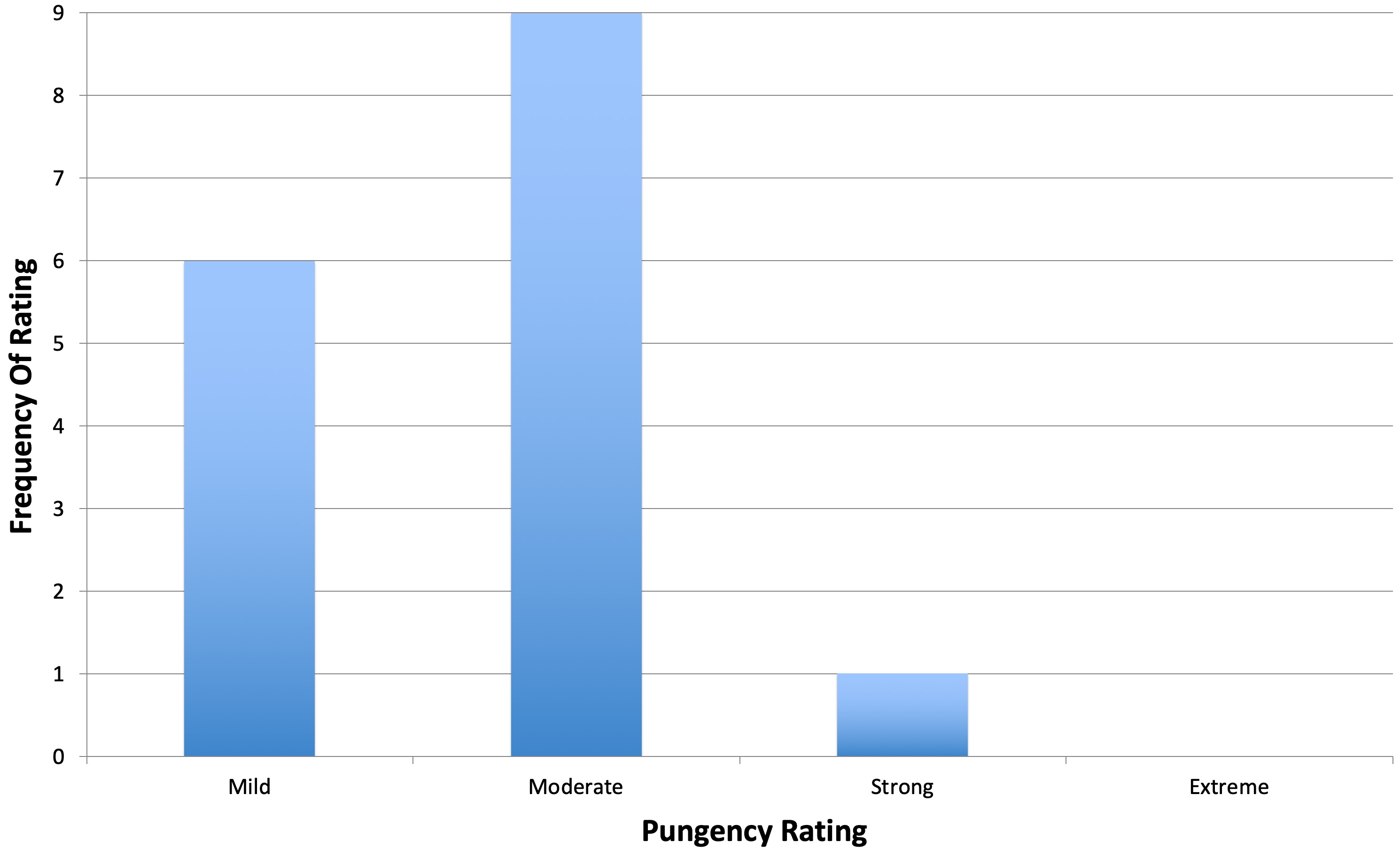
Tasters were then instructed to identify beer styles they thought the hop would work well in.
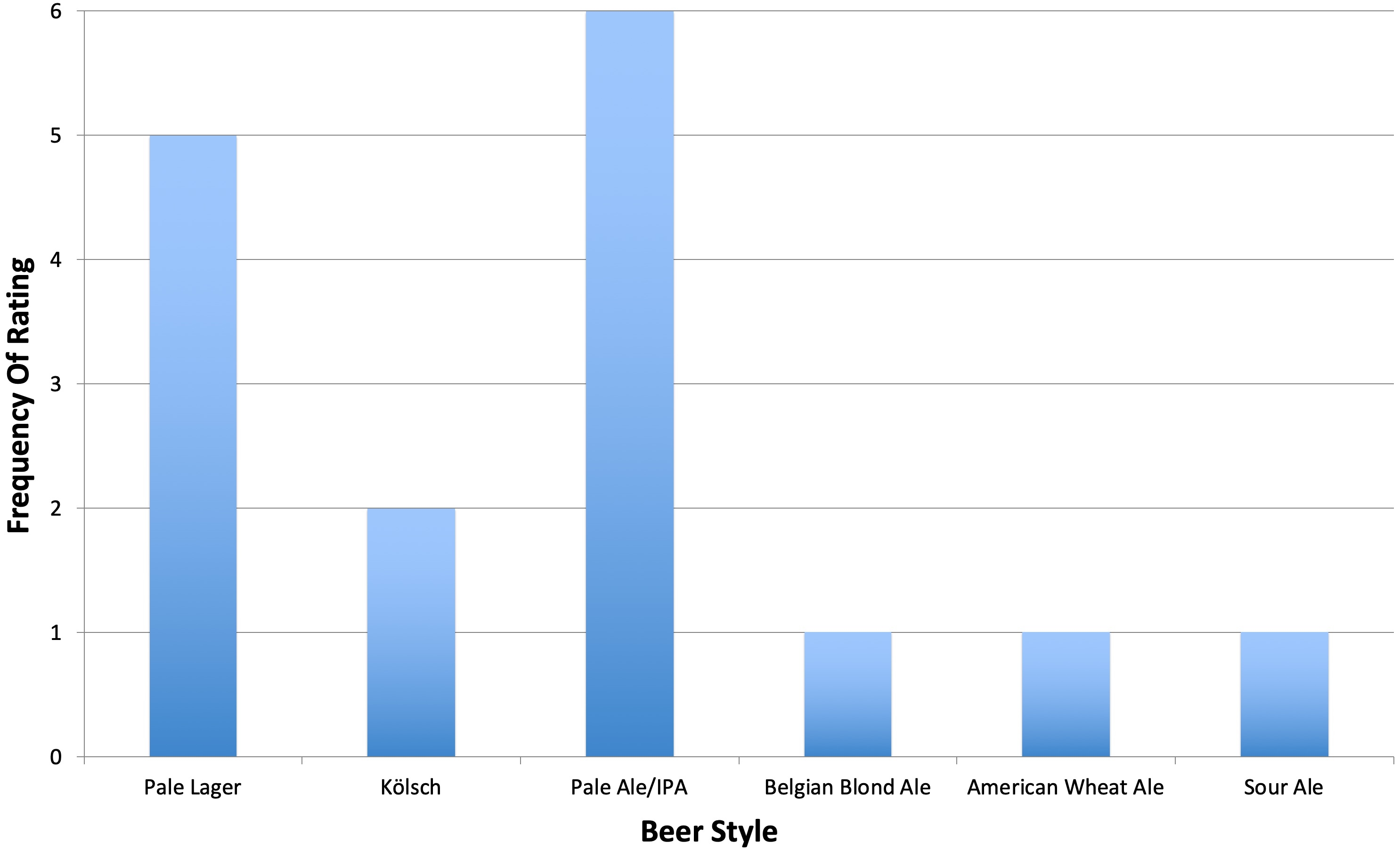
Finally, participants were asked to rate how much they enjoyed the hop character on a 1 to 10 scale.
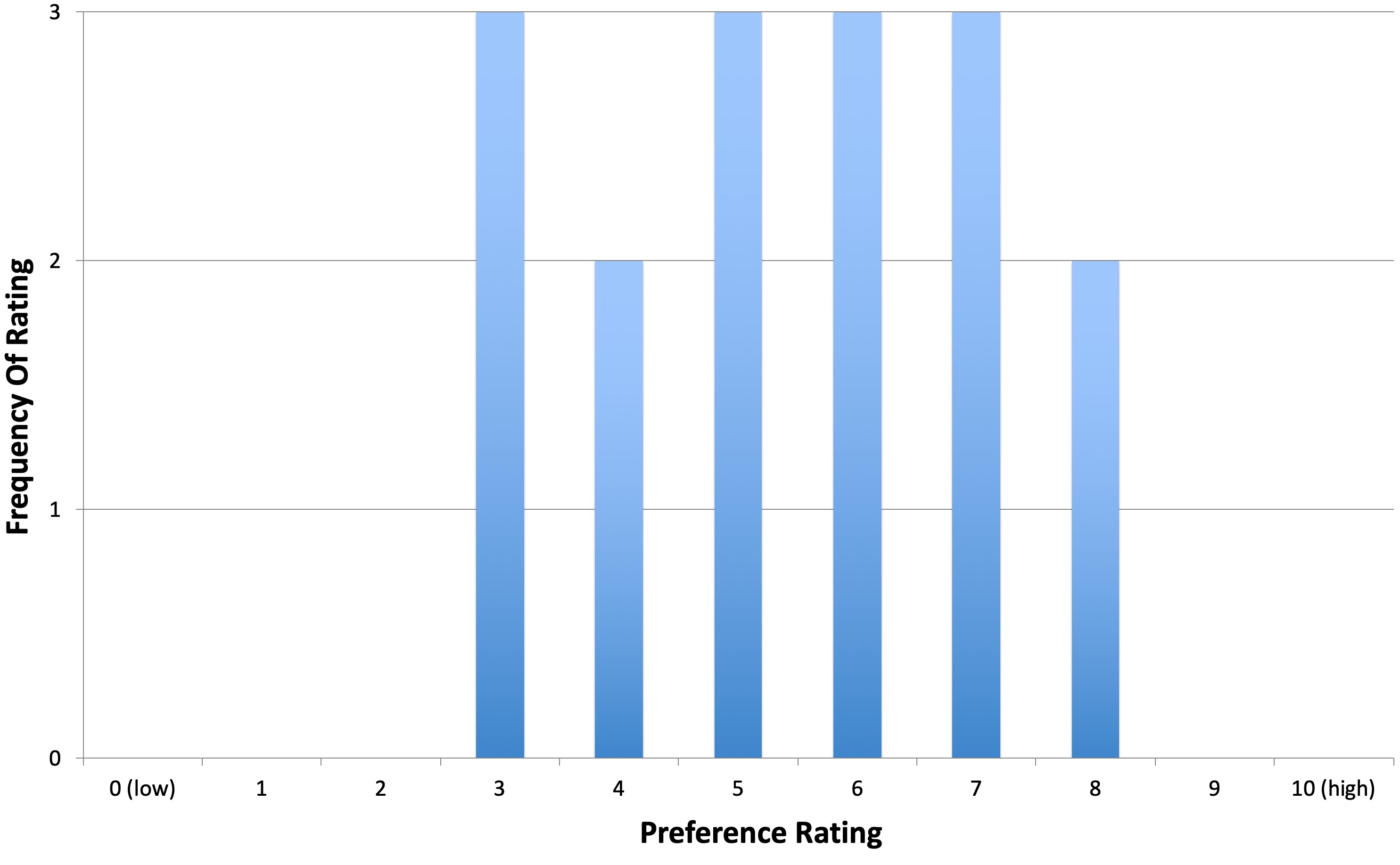
My Impressions: The first word that came to mind when considering the hop character while initially sampling this beer was “pleasant.” I perceived a less than pungent aroma of citrus blended with ripe tropical fruit and a hint of melon. This carried over into the flavor, melding beautifully with a nice toasty malt character. While the beer possessed a noticeable bitterness, it wasn’t aggressive at all, but rather quite soft. I’ve heard certain noble hops described as delicate, and I think that’s a good descriptor for Tahoma as well, just with more fruit than spice.
| CONCLUSION |
As exciting as trying new hop varieties can be, it can also results in feelings of disappointment, particularly when the character imparted by the hop doesn’t live up to existing descriptions. This was definitely not the case with Tahoma, which according to blind tasters, presented with a largely desirable blend of citrus, tropical fruit, and stone fruit, all while imparting an incredibly smooth bitterness.
When Yakima Valley Hops’ Kaleb Schwecke first brought Tahoma to my attention, he didn’t speak of it as the next new in-your-face IPA variety, but simply noted how much he’s enjoyed beers brewed with it. And now that I’ve used it, I get where he’s coming from. In terms of pungency, Tahoma falls somewhere between Mittelfrüh and Mosaic, making it a fantastic variety for use in more delicate styles like pale lager, Blonde Ale, and even Kölsch. And similar to the way classics like Fuggle and Willamette add an impression of fullness to hoppier styles, I think Tahoma would make for a fantastic mid-boil addition as well as part of a dry hop combo.
As someone who tends to brew lighter, less hoppy beers, Tahoma provides a lot of what I’m looking for– great for bittering, aroma, and flavor in myriad styles. While I look forward to seeing how this variety plays with others, I absolutely plan to use it on its own in future batches and am excited to try it out in an American Wheat Ale I’ve got planned.
Tahoma hops are available now at Yakima Valley Hops, get them while you can! If you have any thoughts on this variety, please feel free to share them in the comments section below.
Support Brülosophy In Style!
All designs are available in various colors and sizes on Amazon!
Follow Brülosophy on:
FACEBOOK | TWITTER | INSTAGRAM
If you enjoy this stuff and feel compelled to support Brulosophy.com, please check out the Support page for details on how you can very easily do so. Thanks!


















4 thoughts on “The Hop Chronicles | Tahoma (2017) Pale Ale”
Nice review — seems like a great hop to try in some traditional lagers or a traditional IPA. I may have to make some adjustments to my brewing schedule to account for this variety!
Would you consider making a standard hop schedule for these? It would be useful to be able to compare relative pungency of different varieties. Currently that’s impossible because each test beer is hopped differently.
I just brewed a lager today with Tahoma. What are the odds? The pellet aroma is fantastic. I was getting this kind of secondary smell of anise/black licorice in the middle of a long sniff. One of my favorite smelling hop pellets ever. Can’t wait to see how the beer turns out. I’ll definitely be using Tahoma again, though. Maybe a Belgian style of some sort.
Use this in my CDA/Black IPA. Very happy.